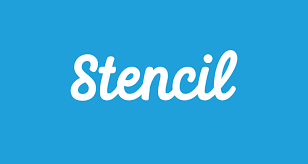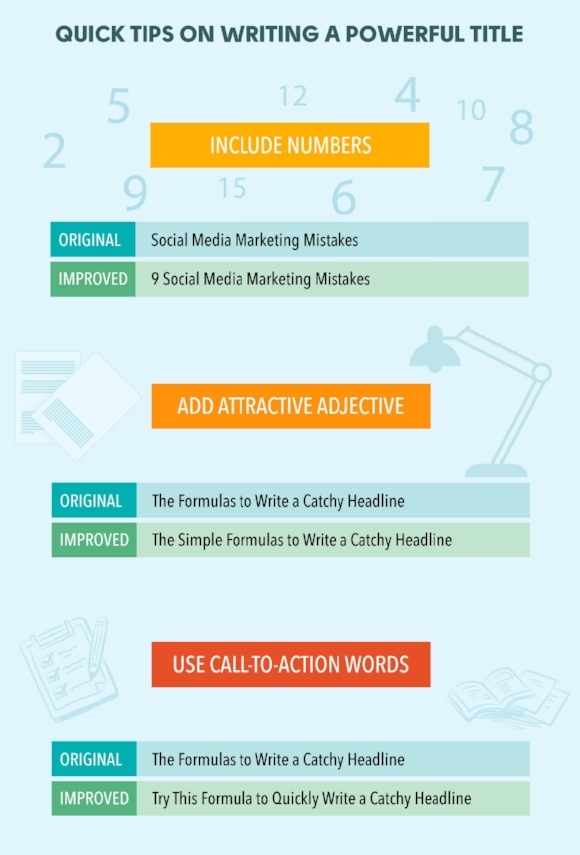More than 2 billion people are active on social media every day. In my previous blog post ‘Branding & Content Marketing: ingredients for a strong brand’ I answered the question: ‘how do you make sure you're distinctive as a brand and reach the right audience? This question was also a hot topic at The Next Web (TNW) Conference in Amsterdam. It was a recurring topic because various speakers spoke about it. In this blog I share the 5 most innovative ways to increase customer engagement.
Published by Robert Allen for Smart Insights
1. User generated content 2.0
It’s a trend that has been around for a while in the marketing world and that's increasingly being used by marketers. It’s the ultimate way to reach your audience, because this audience creates the content it consumes. You’d think it’s nothing new, but beauty and lifestyle platform Glossier gave it a whole new dimension. The platform generated success because they engaged their community members in the development and promotion of their products. Glossier treats their members as the experts on a specific (beauty) area. The platform uses the online tool Slack to talk ‘with’ their customers instead of ‘about’ their customers.
Since Artificial Intelligence (AI) is increasingly being used I can imagine that Glossier will use it more often in the future, because then it can increase customer engagement even more. Slack can be replaced by services like Siri and Cortana, which makes it easier for Glossier to respond quicker to the needs of their audience.
2. Keep the customer occupied
If you work in marketing, you probably know that attracting new customers is 5x more expensive then retaining current customers. Many organizations realize it’s important to continue to invest in their current customers by using custom content.
Companies such as Niantic, the developer of Pokémon GO and Glossier both became successful because they anticipated to this. They understand the importance of occupying their audience and listening to their needs.
Every three months, Glossier launches a new beauty product. This time phrame is deliberately chosen because it’s the best way to keep their audience curious and engaged according to CEO Emily Weiss. The platform has long waiting lists because their products are limited and sell out very quickly.
Niantic keeps their gamers engaged by constantly adding new content and features to their game, which makes it even better. After the launch in July 2016, where your own living environment is used as your playfield, to find and catch Pokémon, the Buddy Pokémon feature and Pokémon Gyms feature were introduced in September 2016. The developers of Pokémon GO added eighty new Pokémon last February. Each time, the audience looked forward to these updates and new features. Although Pokémon GO has reached its maximum success (when they launched the app, they had 500 million users) they still benefit from it. The app is now played by 65 million loyal fans who are still curious for new updates and features.
3. Use the new and smarter SIRI
More and more brands are aware of the fact that their audience wants personal contact. According to James Temple, creative director of advertising agency R/GA EMEA, are brands increasingly searching for ways to communicate more ‘human’ with their audience. A technological development that can help is Artificial Intelligence (AI). This makes it possible to communicate directly with a customer with the help of an intelligent virtual assistant. Think of Siri and Cortana, but much more smarter than they are now. In the future, brands will communicate with their customers one-on-one and ‘on demand’, just like a friend would do. Then, customers get the information they want immediately. The virtual assistents will also become smarter, because they will be able to ‘think in advance’ which makes it possible to ‘feel’ the specific needs of a customer immediately.
Temple developed this kind of intelligent virtual assistant for Nike, called ‘Nike On Demand’.
Another great example is the virtual assistant Rose, an intelligent chatbot that helps hotel guests of a full service and luxury resort in Las Vegas with the fulfillment of their needs and practical information about their stay.
Source: travelandleisure.com
4. Know your audience
When you know who your specific audience is and want to focus on, it’s important to know what keeps them busy so you can adjust your content to it. 9GAG did research to find out what millennials (up to 34 years old) are interested in. A 100.000 millennials took part in the survey that consists of statements in which they had to choose between two topics.
They were asked if they:
· Prefer no internet or rather don’t have sex;
· Prefer no compliments but be smart or perform on average and create impact;
· Rather be entrepreneur or work a 9-to-5 job;
· Rather lose their voting rights or say goodbye to social media.
The results of these statements proved to be quite different from country to country. The overall conclusion is not published yet. Though these four statements proof the variety of results on which you have to adjust your content. Ray Chan, co-founder of 9GAG says it’s crucial to listen to your audience. By doing research you’ll find out what keeps them busy, which makes it easier to adjust your content to it. In that way you engage your audience instead of creating content you think your audience ‘probably’ finds interesting.
Source: 9GAG
According to Ryan Detert, CEO of data-driven influencer platform Influential, is Artifical Intelligence (AI) the perfect way to collect valuable information about your audience. His platform collects demographic and psychological characteristics with help of IBM Watson to find the right influencers for a brand. This super computer uses Personality Insights, API and Natural Language Processing (NLP) to collect data from social media. It indexes each person based on the Big Five personality features. This information is the starting point for creating effective influencer campaigns for brands.
5. Find the right influencers
Brands like Toyota, Fox, Nestlé, Coca Cola and Sony use influencers that fit their brand. These aren’t only celebs but also online influencers with a following that matches the characteristics, features, interests and personality of the target audience of the brand. If they want to find the right influencer, for example an adventurer who loves backpacking, the last 20.000 words and emojis that this influencer published will be analyzed with Artificial Intelligence (AI). The same technology is used to determine the content of the influencer campaign such as where the influencer has to talk about, the tone and share of voice that has to be used and which visual content works best. According to Detert this increases engagement with 30% when both Artificial Intelligence (AI) and influencers are used.
Conclusion
In the future, brands continue to find and engage (potential) fans, followers, influencers and customers by offering them content that’s valuable to them. I sometimes get the feeling of ‘Big Brother is watching you’ or maybe better ‘IBM Watson is watching you’. On the one hand it’s creepy, but on the other hand could this be the end of annoying advertisements that aren’t tailored to our specific needs.





































